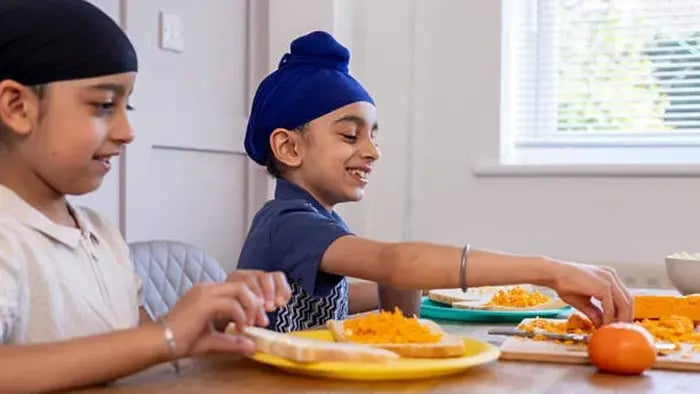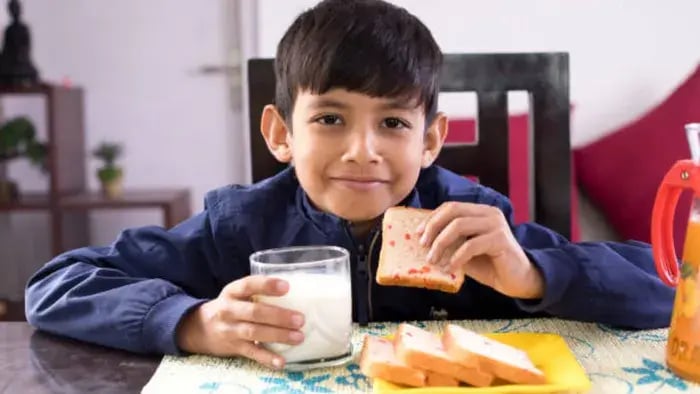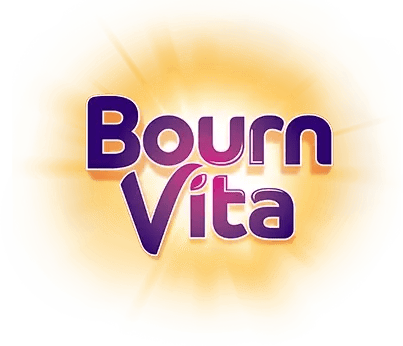- Not All Protein Is Complete, But That’s Okay
- Know Your Rich Sources, Go Beyond Paneer and Dal
- Pair with the Right Nutrients
- Watch Out for Hidden Fillers in Packaged ‘Protein Foods’
- Teenagers May Need More Than You Think
- Make Breakfast Count
- Track Growth, Not Just Grams
Introduction

When you’re raising a vegetarian family or following the lifestyle yourself, protein is one of those nutrients everyone has questions about. How much is enough? Are plant-based options really effective? And most importantly, how do you make sure kids, teens and even older adults are getting what their bodies need to grow, stay active and feel full?
The good news is that vegetarian diets can absolutely support strong muscles, sharp minds and healthy development across all ages, once you know the right sources and combinations. It’s about variety, timing and balancing meals with other nutrients that help protein do its job better.
Even if you’re packing meals for your child’s school lunchbox or helping your teen’s fitness goals, understanding vegetarian protein is key. This guide breaks it down in a simple, family-friendly way so every member of your household, from picky eaters to active teens, can benefit. When you shift the focus from counting grams to choosing smart, everyday ingredients, building a strong vegetarian diet is easier than you think.
Vegetarian and Growing? Here’s What Your Family Needs to Know About Protein

Choosing a vegetarian lifestyle doesn’t mean compromising on protein. For families with growing kids, active teens, or even elderly members needing strength and stamina, it’s essential to understand where protein fits into your meals and how to get it right. These tips help you make smarter choices for every age group at home without overcomplicating things. Whether your child is trying to stay full during school hours or you're planning meals for a fitness-conscious teen, here’s what you need to keep in mind.
Not All Protein Is Complete, But That’s Okay
According to a study published in Nutrients. 2019, unlike meat, many vegetarian protein sources don’t contain all nine essential amino acids. You don’t have to get all amino acids from a single food. When your meals include a mix, like dal with rice or roti with peanut butter, you’re already creating a ‘complete’ protein profile. Encourage your family to eat a mix of legumes, grains, seeds, and dairy throughout the day.
Know Your Rich Sources, Go Beyond Paneer and Dal
Paneer, milk, dal, and soya are commonly known, but there’s more. According to the Dietary Guidelines for Indians, chickpeas, moong sprouts, rajma, black-eyed peas (lobia), peanuts, curd, tofu, and seeds like pumpkin or sunflower offer good amounts of protein. Mix these into snacks, tiffin meals, and even breakfast bowls. Sprouting dals before cooking increases both digestibility and protein value. Rotate your sources to avoid boredom and improve nutrient intake.
Pair with the Right Nutrients
As per a study published in Front Nutr. 2022, to help your body absorb and use protein efficiently, combine it with other nutrients. Iron, calcium, and Vitamin B12 play a role here. Add vitamin C-rich foods like amla, lemon, or oranges to meals to help iron absorption from plant foods. Use curd or raita with meals to improve digestion and balance. For kids and teens, these combinations ensure energy lasts longer and supports growth.
Watch Out for Hidden Fillers in Packaged ‘Protein Foods’
Supermarket shelves are full of protein biscuits, bars, and powders, many of which are loaded with sugar or salt. According to FSSAI, instead of relying on these, build your own mini protein-rich snacks at home. A handful of roasted chana, peanut laddoo, paneer sticks, or boiled eggs (if vegetarian preference allows) are far more wholesome. Read labels if you must buy packaged snacks, and look for minimal ingredients with no unnecessary additives.
Teenagers May Need More Than You Think
If your teen is into sports, dance, or gym workouts, they may need more protein than a younger sibling. Make sure their meals include a strong protein source in every meal, not just dinner. According to FSSAI, a chickpea salad, thick dal with brown rice, besan chilla, or milk-based smoothies can help. Encourage small, frequent meals instead of one big protein-heavy dinner. It supports muscle growth, focus, and reduces cravings.
Make Breakfast Count
Breakfast is often carb-heavy in vegetarian homes, think paratha, poha, or upma. Research conducted by, Am J Clin Nutr. 2013, suggests that these are great, but adding moong dal, milk, sprouts, paneer, or curd can balance the meal. For younger kids, use peanut butter on whole wheat toast, banana-soya milk smoothies, or ragi porridge with chopped almonds. Starting the day with balanced protein helps maintain focus at school and prevents sugar crashes by mid-morning.
Track Growth, Not Just Grams
According to the Dietary Guidelines for Indians, you don’t need to obsessively count protein grams daily. Instead, observe your child’s energy, growth, strength, and focus. Are they active? Do they recover well after play or sports? Is their appetite steady? These are signs that their protein needs are being met. A balanced diet with enough variety will naturally support their development.
Conclusion

Protein needs may vary between a five-year-old and a fifteen-year-old, but the goal remains the same, nourishing meals that support growth and energy. A vegetarian diet, when planned with thought, easily delivers all the protein your family needs. Focus on whole foods, mix and match different sources, and make mealtimes fun and colorful. With these simple strategies, you’ll be setting up your kids, and yourself, for long-term health without ever feeling limited by being vegetarian.
Her love for storytelling began with reading her grandfather’s speeches, where Tarishi saw the power of words in creating lasting memories. Combining her passions for food and writing, she has turned her life into a fulfilling path of sharing stories that celebrate flavours and how food brings communities together.
The views expressed are that of the expert alone.
The information provided in this content is for informational purposes only and should not be considered a substitute for professional medical advice, diagnosis, or treatment. Always seek the advice of your physician or another qualified healthcare provider before making any significant changes to your diet, exercise, or medication routines.
References
https://pmc.ncbi.nlm.nih.gov/articles/PMC3718776/
https://www.fssai.gov.in/upload/knowledge_hub/19928164b641b8a487eHealthy%20food%20for%20Defence.pdf
https://pmc.ncbi.nlm.nih.gov/articles/PMC8804093/
https://www.nin.res.in/dietaryguidelines/pdfjs/locale/DGI24thJune2024fin.pdf
















